Like so many other competitions, showing livestock has changed over the years. From the American Royal in 1899 to the Fort Worth Stock Show beginning in 1896, the National Western Stock Show that got its start in 1906, the Houston Fat Stock Show and Livestock Exposition in 1931, and the Arizona National Livestock Show in 1948, many of the original stock shows were a means to improve the nation’s cowherd.
Early Days: 1930s
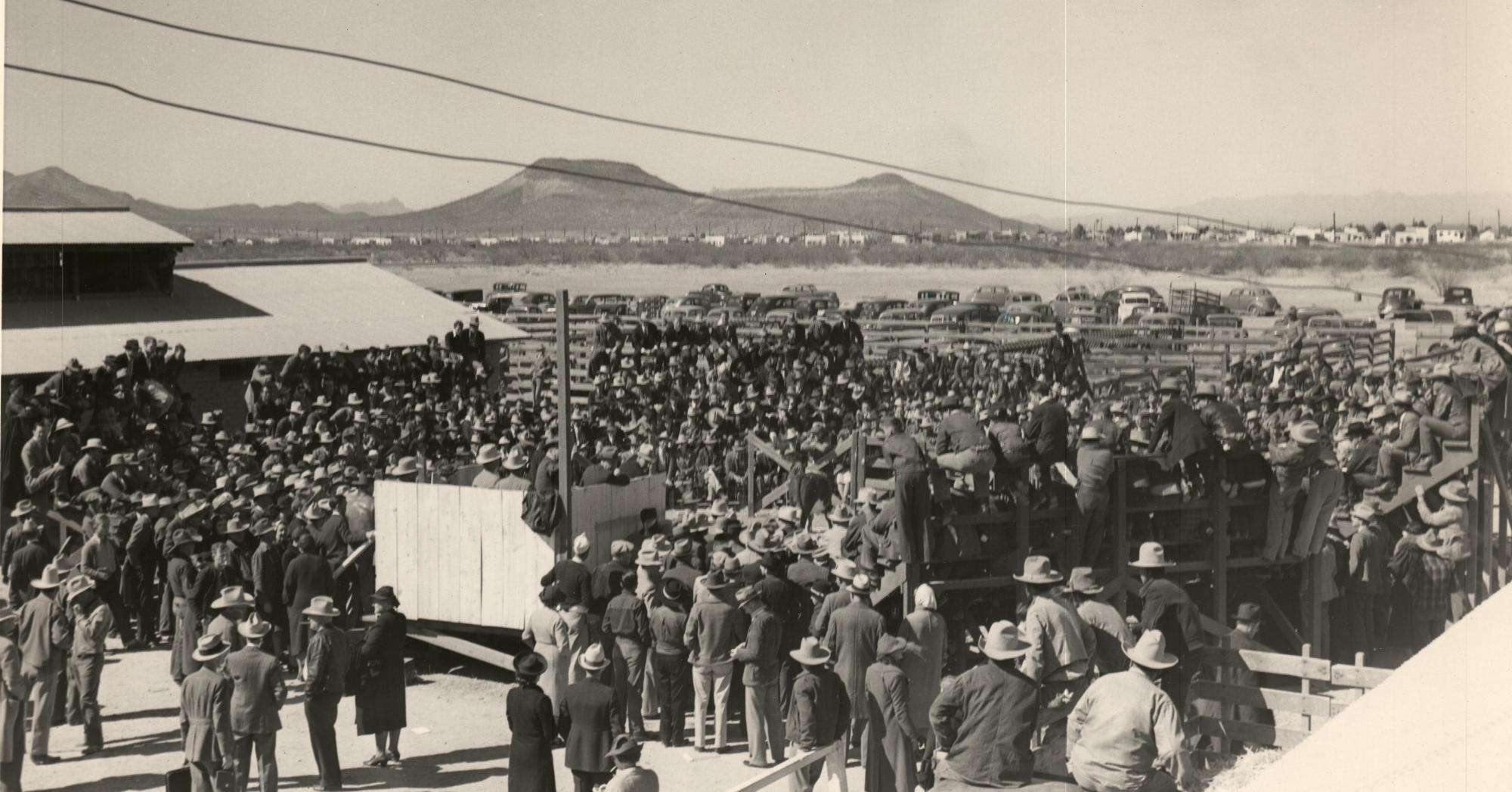
Increasing interest in the 1940s
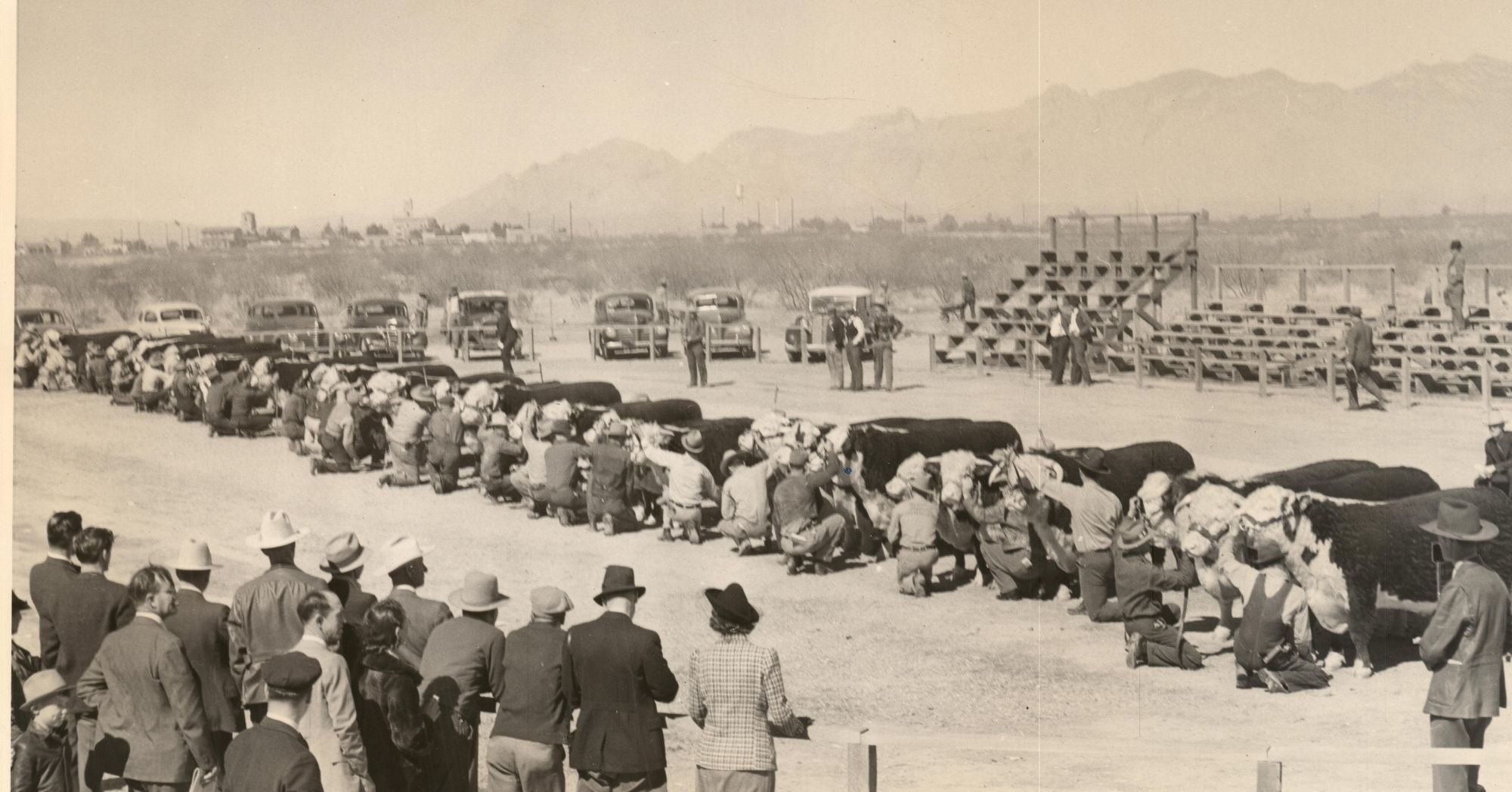
To increase interest, in the 1940s and 1950s, some of the national shows began holding calf scrambles for young people in 4-H and FFA clubs, who chased calves around the ring trying to catch and halter a calf and lead it to the gate.
‘Belt buckle’ cattle of the 1950s and 1960s
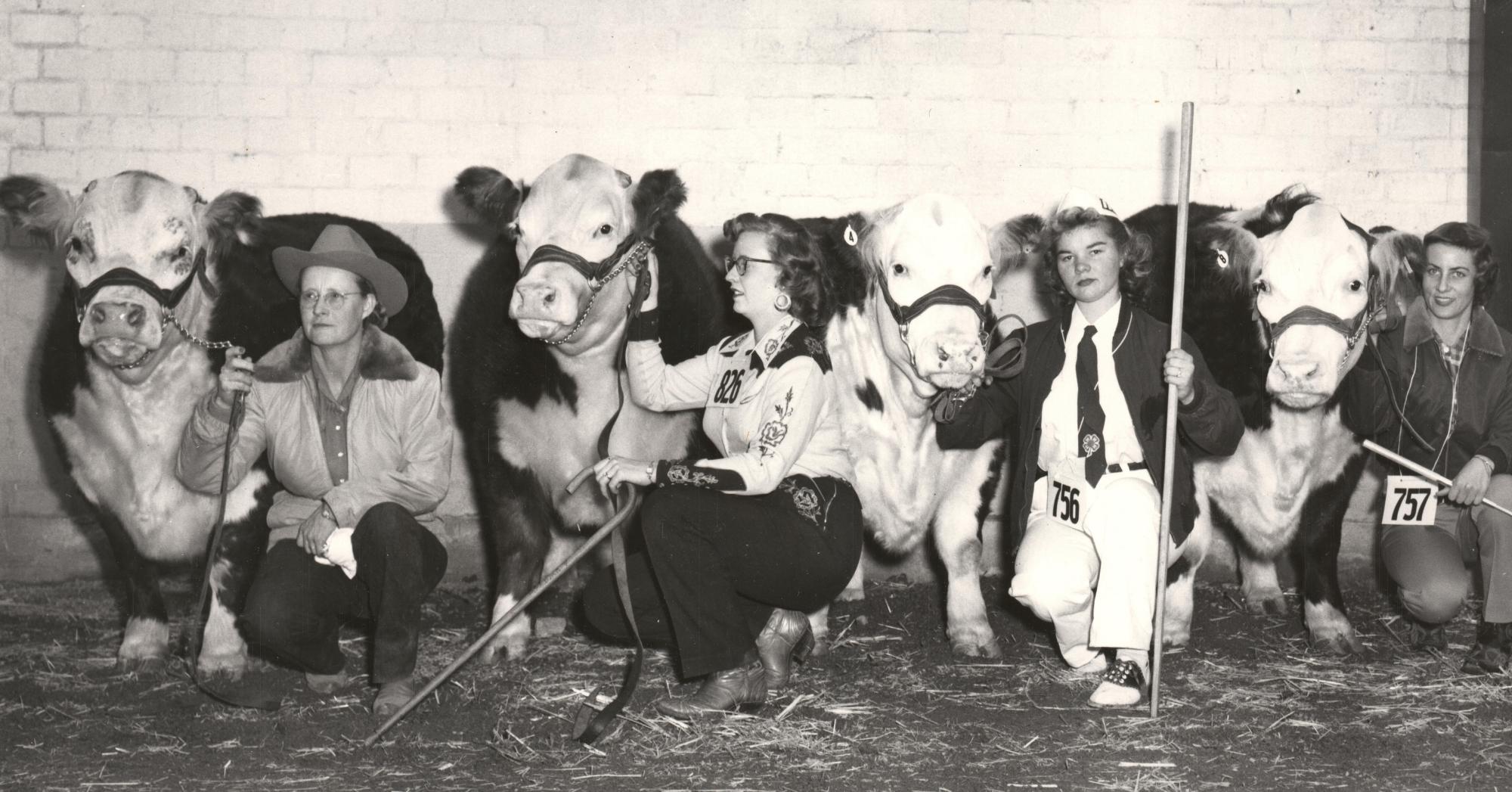
It’s almost humorous to look at the extremes of show cattle in the 1950s and 1960s, where stock show animals were not typically taller than an exhibitor’s waist. Producers selected small-framed stock with easy feeding efficiency.
Famous Visitors
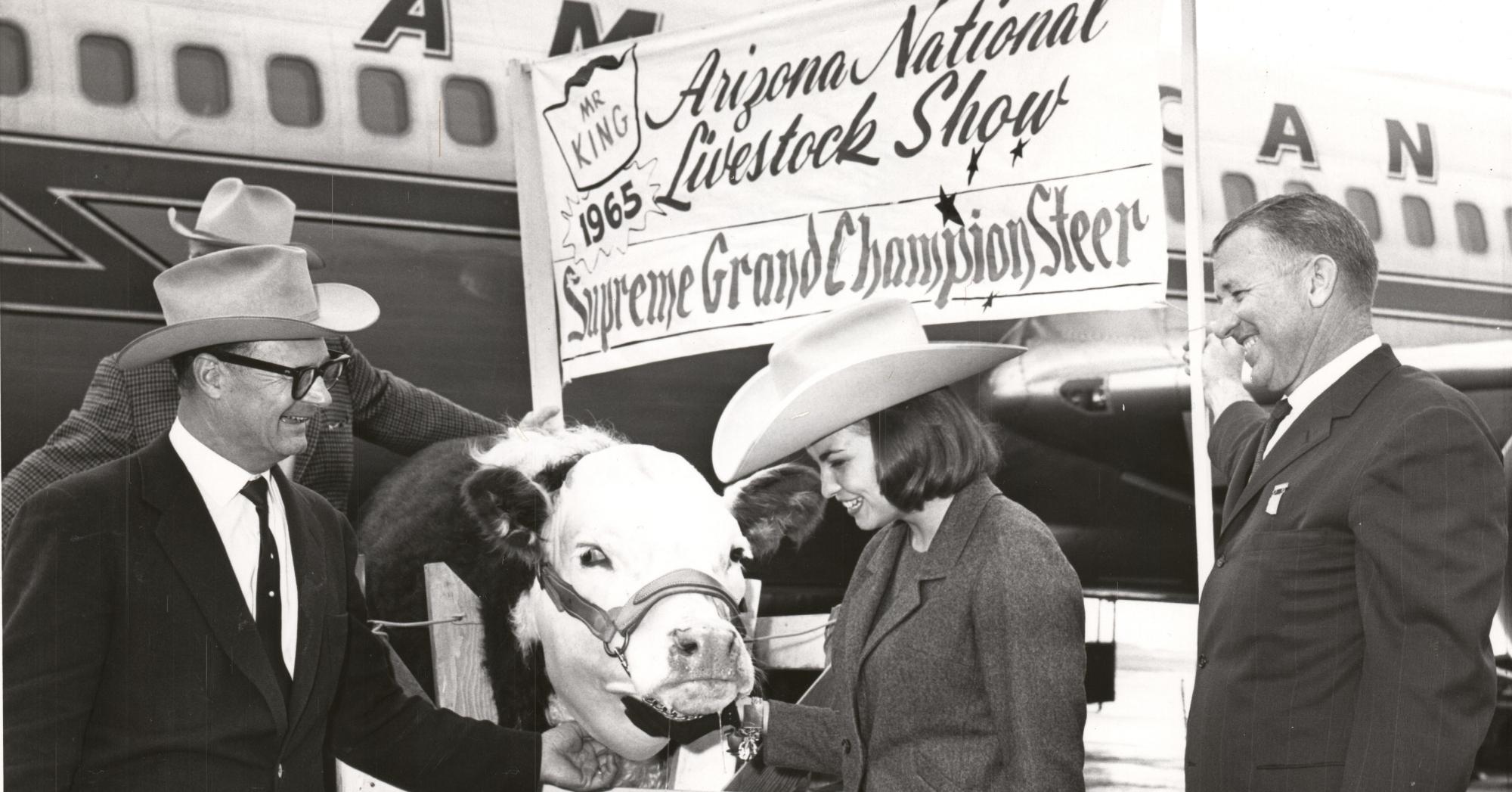
In 1964, Miss America Vonda Kay Van Dyke, an Arizona native, visited the show. Other entertainers such as John Wayne and Slim Pickens also became a part of the show in later years.
Crossbred cattle make their way into the 1970s ring
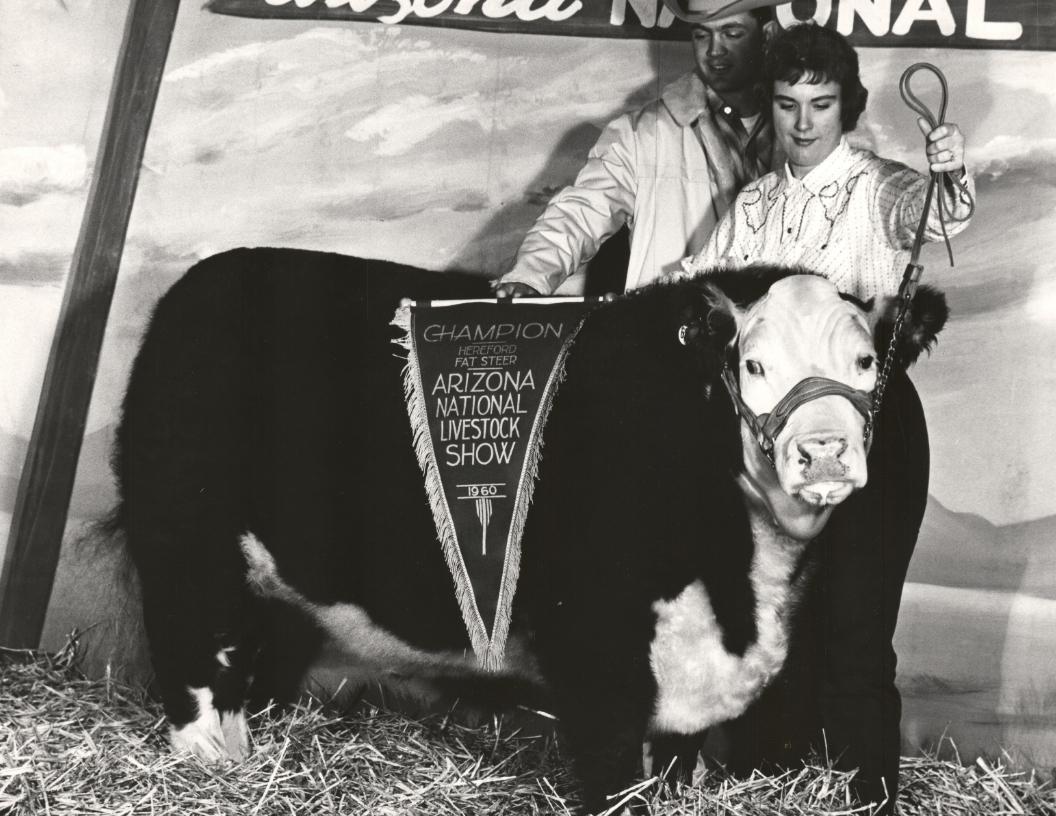
In the early 1970s, smaller-framed, heavily muscled animals were easy to find. However, crossbred cattle began making their way into the show ring.
1970s Changes
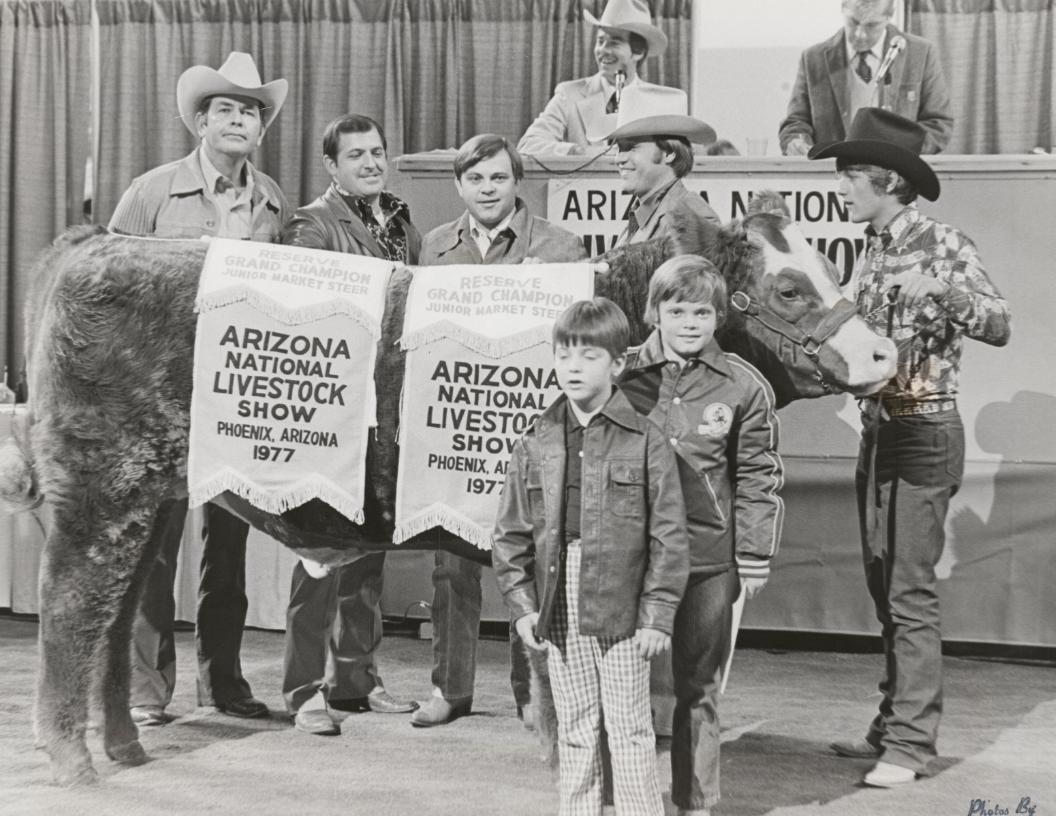
Crossbred cattle in the 1970s were often lean and trim with lower body capacity.
Clipping and Fitting
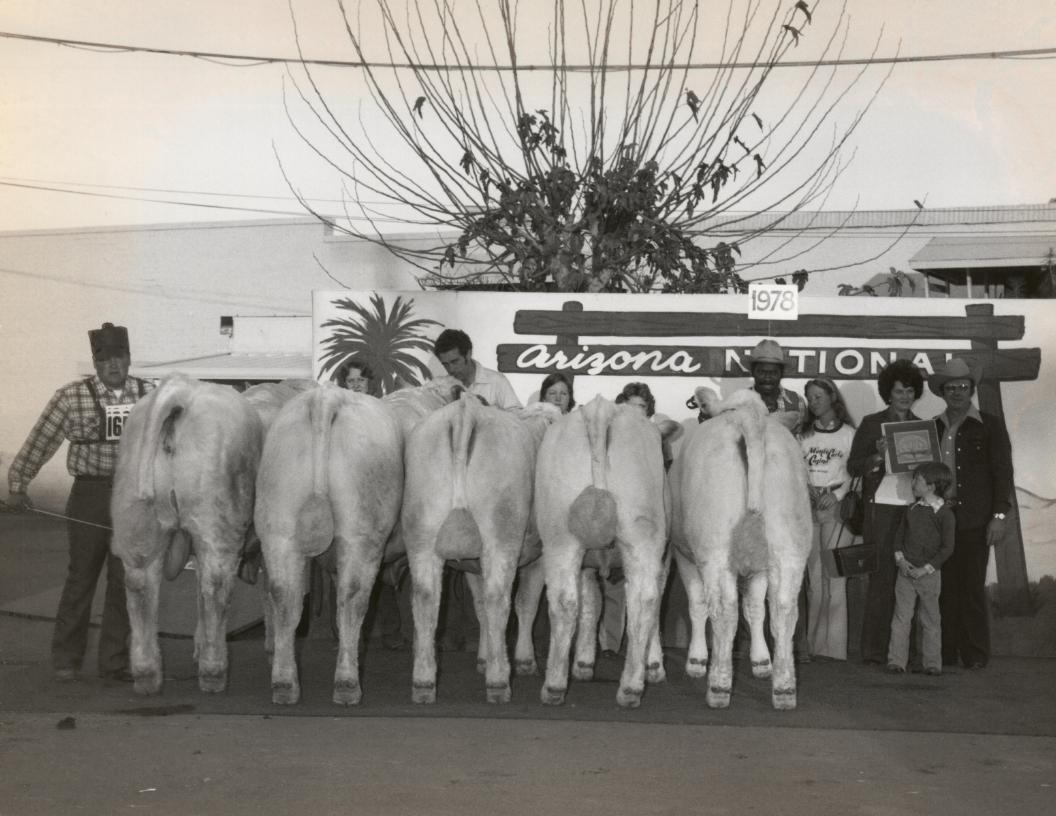
While we’re discussing developing types of show cattle, clipping and fitting show animals have also changed over the decades.
Besides Cattle
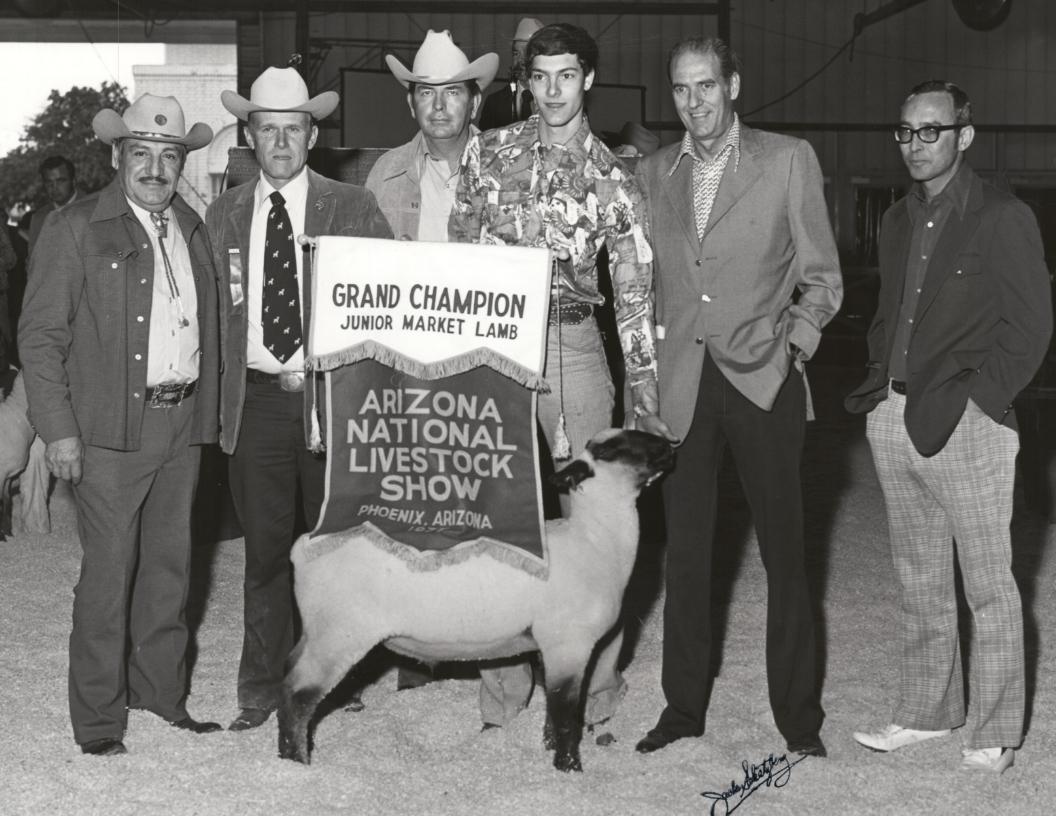
Even though cattle were undoubtedly a highlight of many of the major shows, sheep and hogs were also exhibited.
1980s Livestock Shows
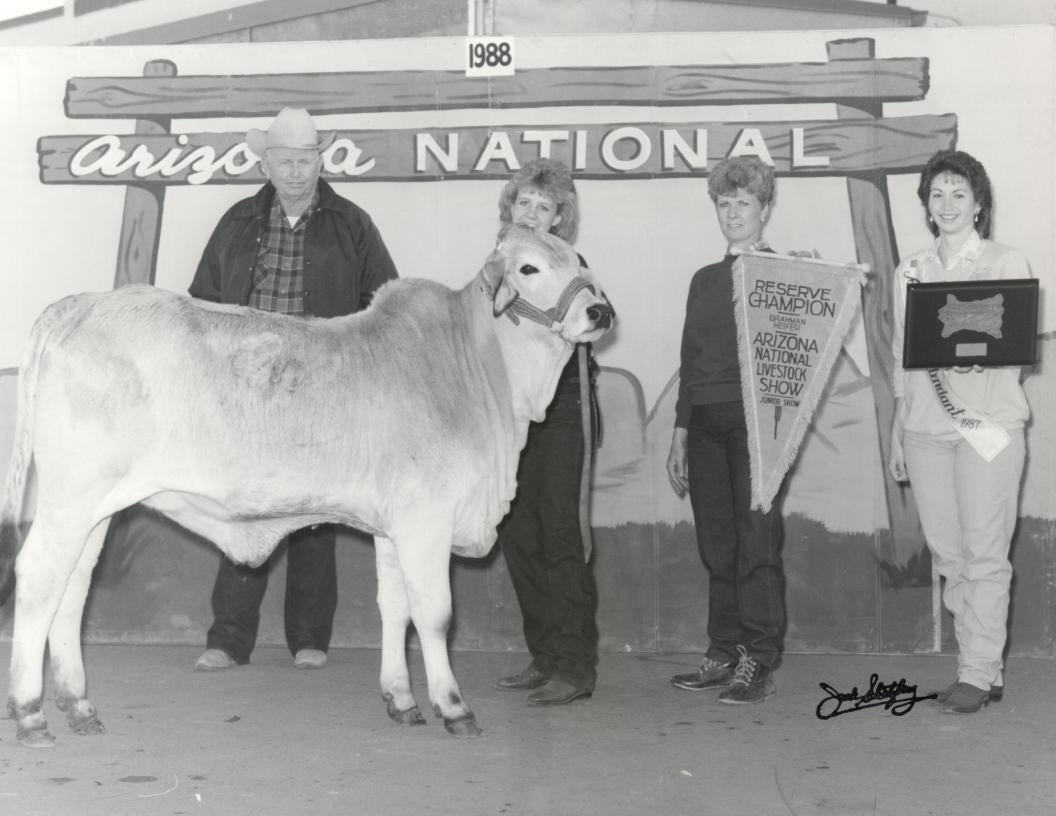
In the 1980s, exotics and imported European breeds became more pertinent. The cattle in the show ring increased in frame size, and the National Beef Conference announced a “Blueprint for the Right Kind” recommendation for producers to focus on moderate frame size and muscle thickness. Along with that recommendation, many show animals became straight in their structure.
Sheep During the Era
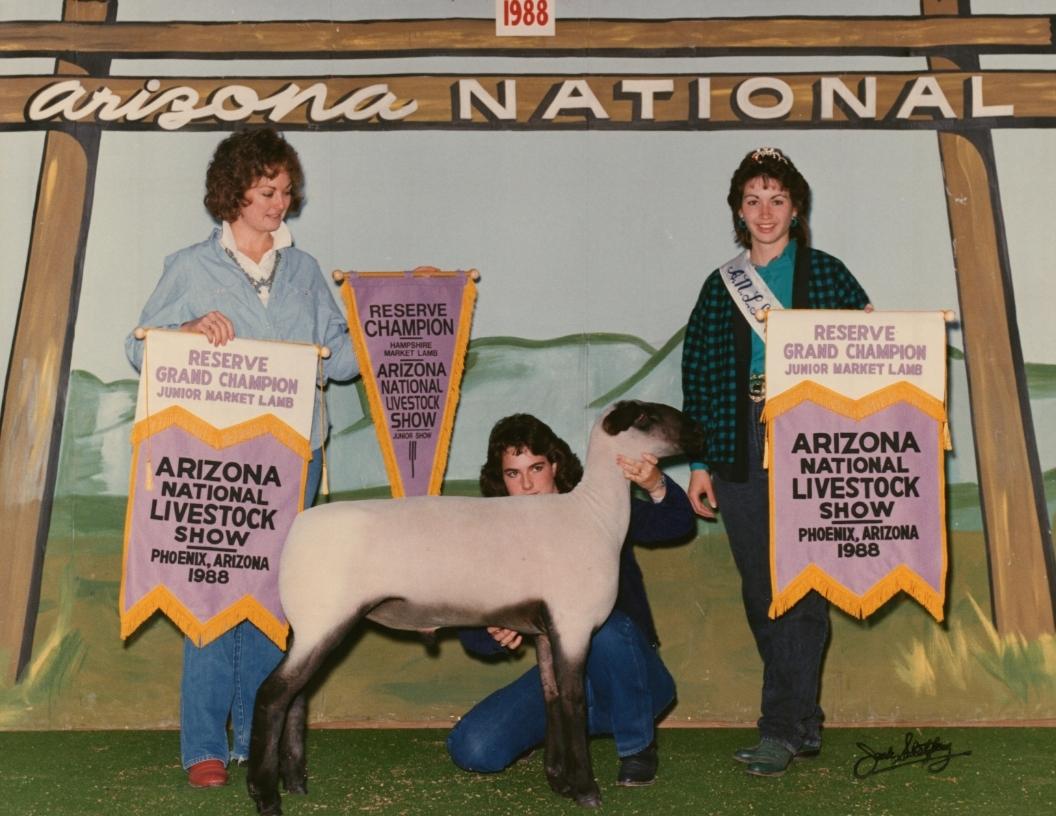
Sheep and hogs did not escape structural challenges associated with their counterparts.
Lean Hogs
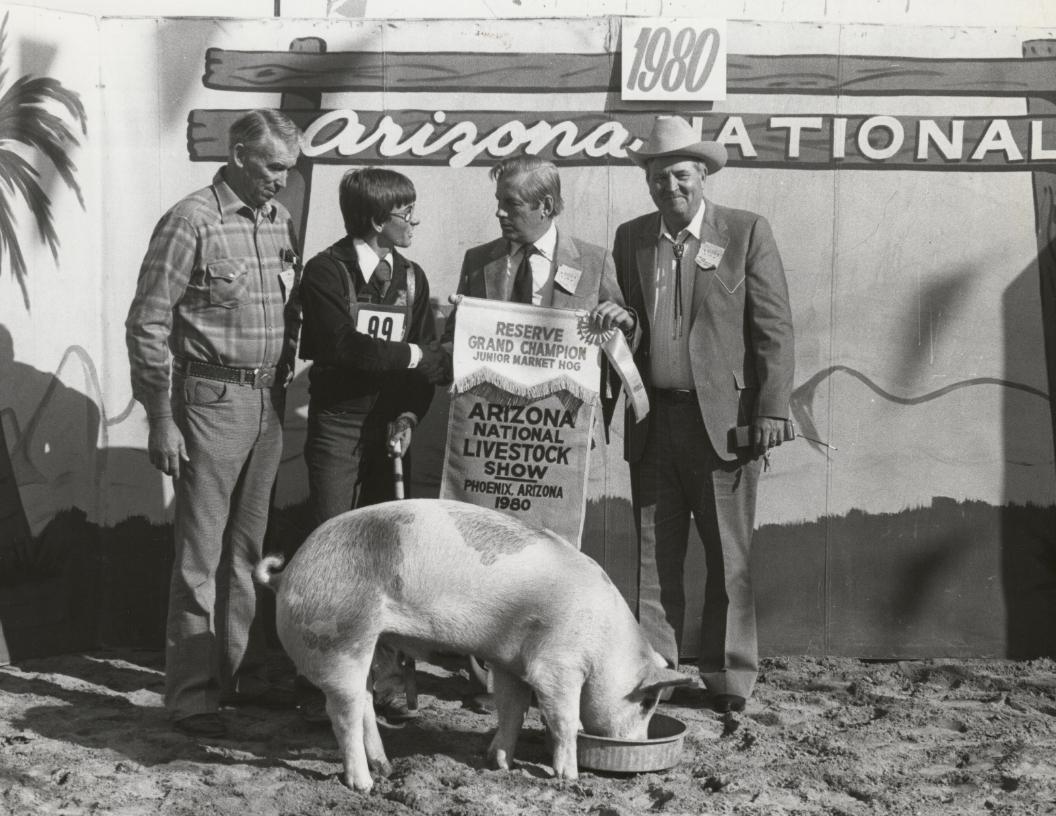
Tight-muscled, lean hogs were also the normal for decades. However, as tax laws were changed by then-President Ronald Reagan in 1986, livestock shows shifted their primary focus to junior livestock exhibitors.
Controversy in the 1990s
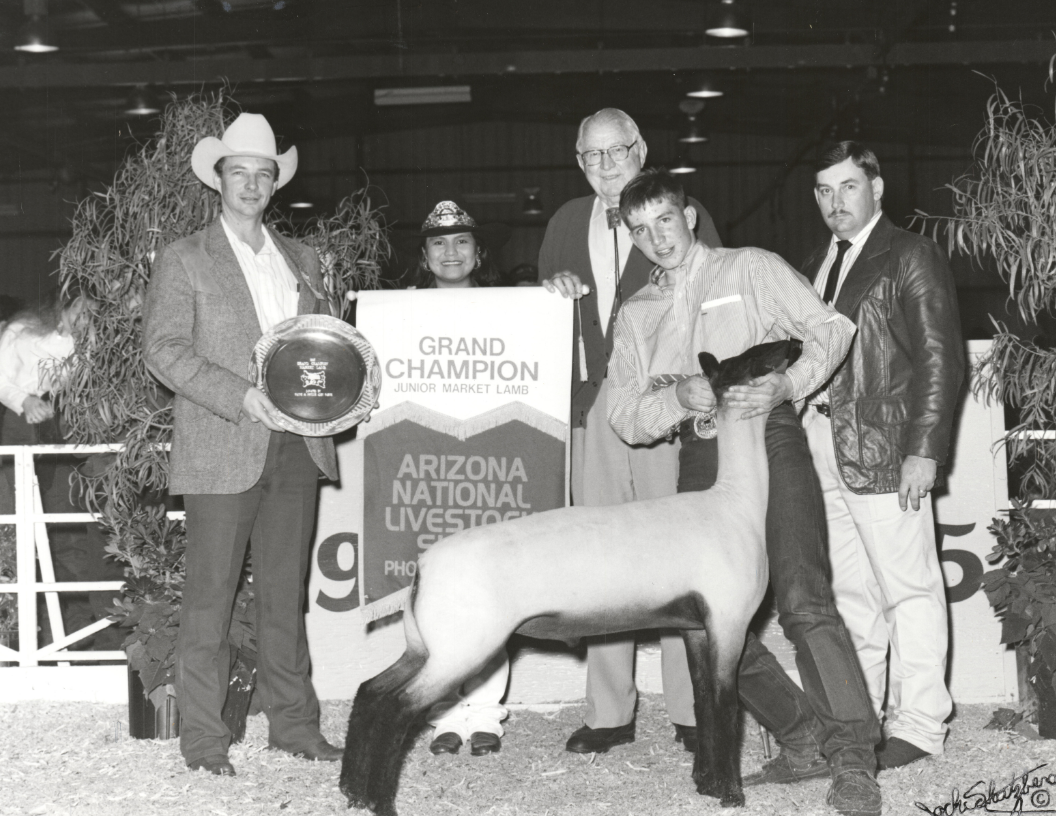
As the competition increased and the cash prizes grew, concern for drug use in livestock shows grew. The Houston Livestock Show and Rodeo began testing show animals for the presence of drugs in 1989, and exhibitors completed a survey sponsored by East Texas State University in 1990, revealing that 25 percent of exhibitors admitted to giving illegal drugs to their livestock.
Hogs in the Early 2000s
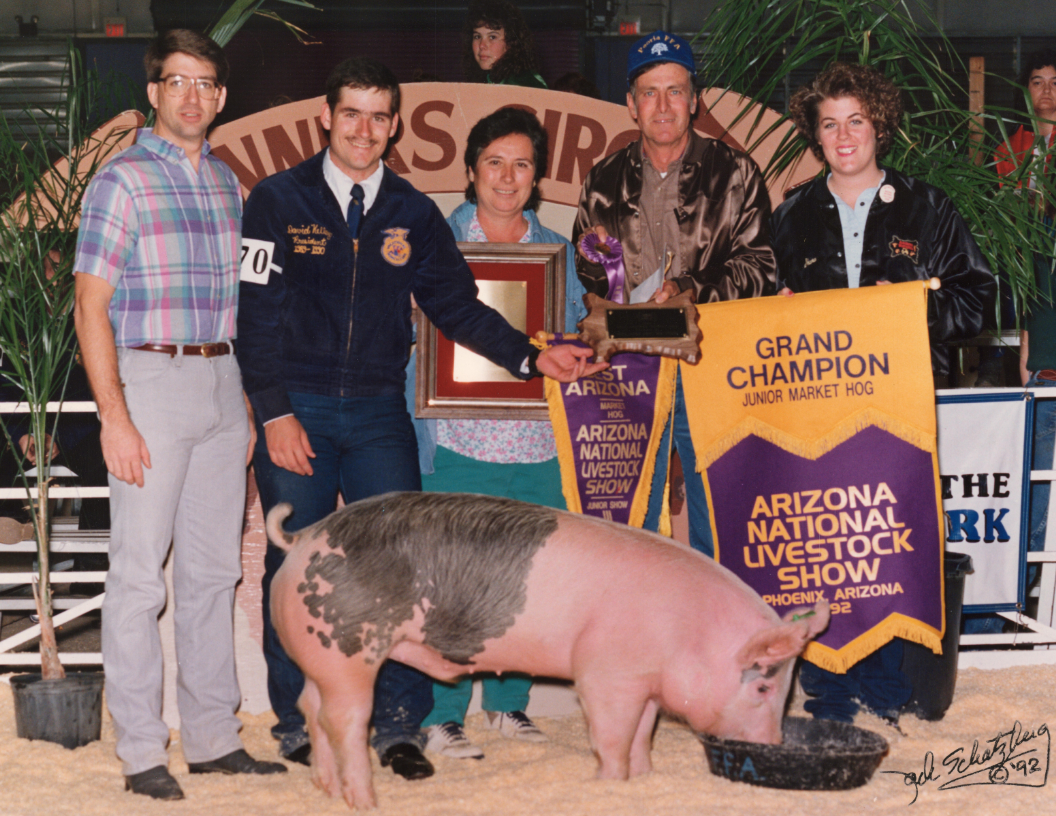
Hogs into the early 2000s continued to be finer boned, extremely lean with muscle shape, steeper hips, and impressive growth.
Later Into the 2000s
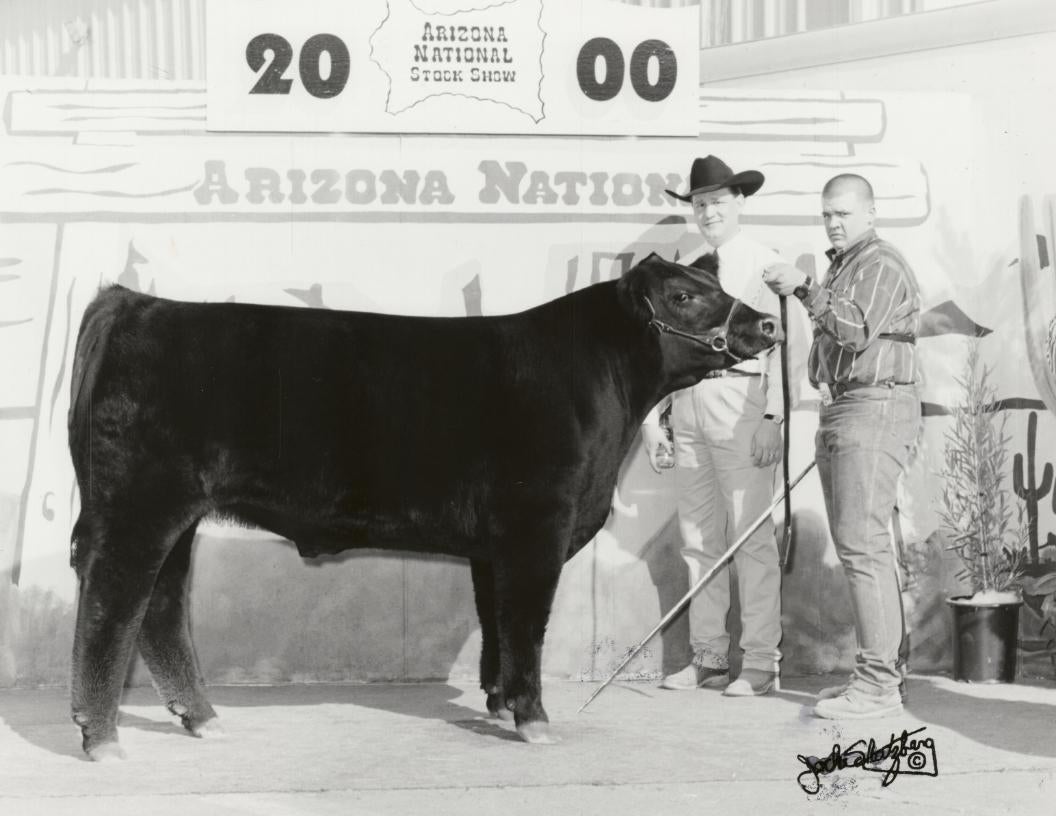
The beef industry began emphasizing carcass traits, frame size, and structure in the 2000s.
Other Animals in the 2000s
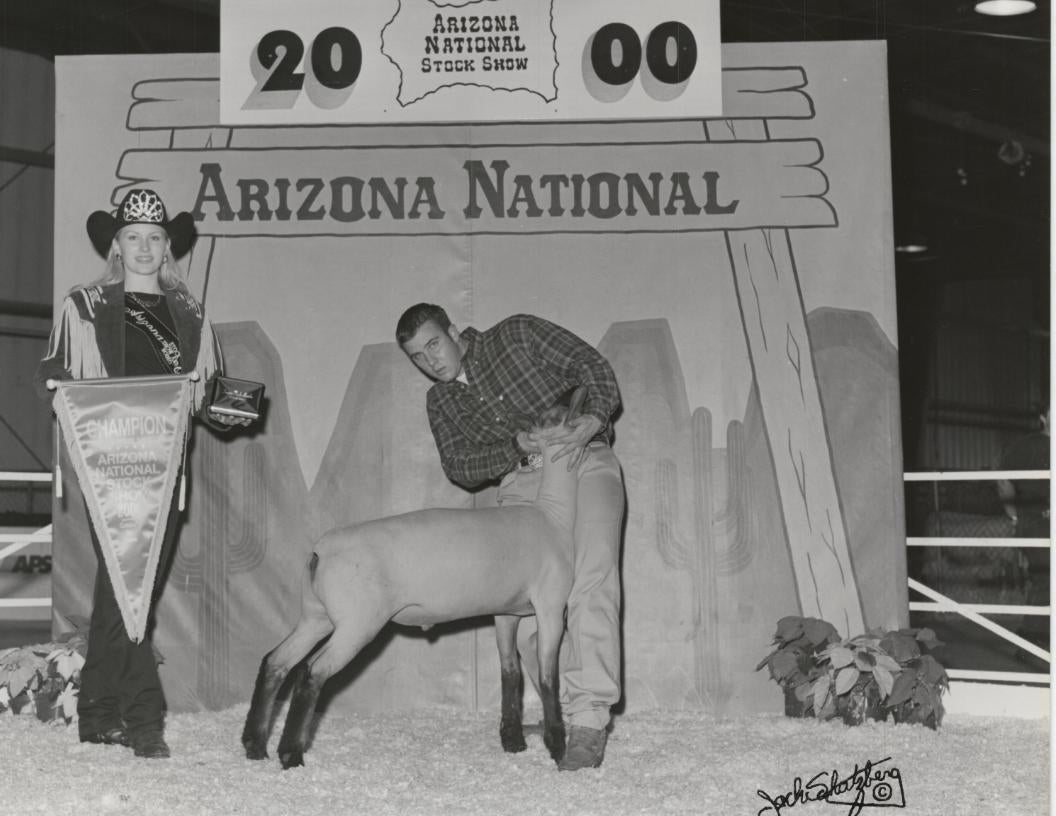
While sheep remained tall and lean, in the 2000s, a trend toward somewhat more pliable, softer-looking pigs began to take shape.
Pigs in the 2000s
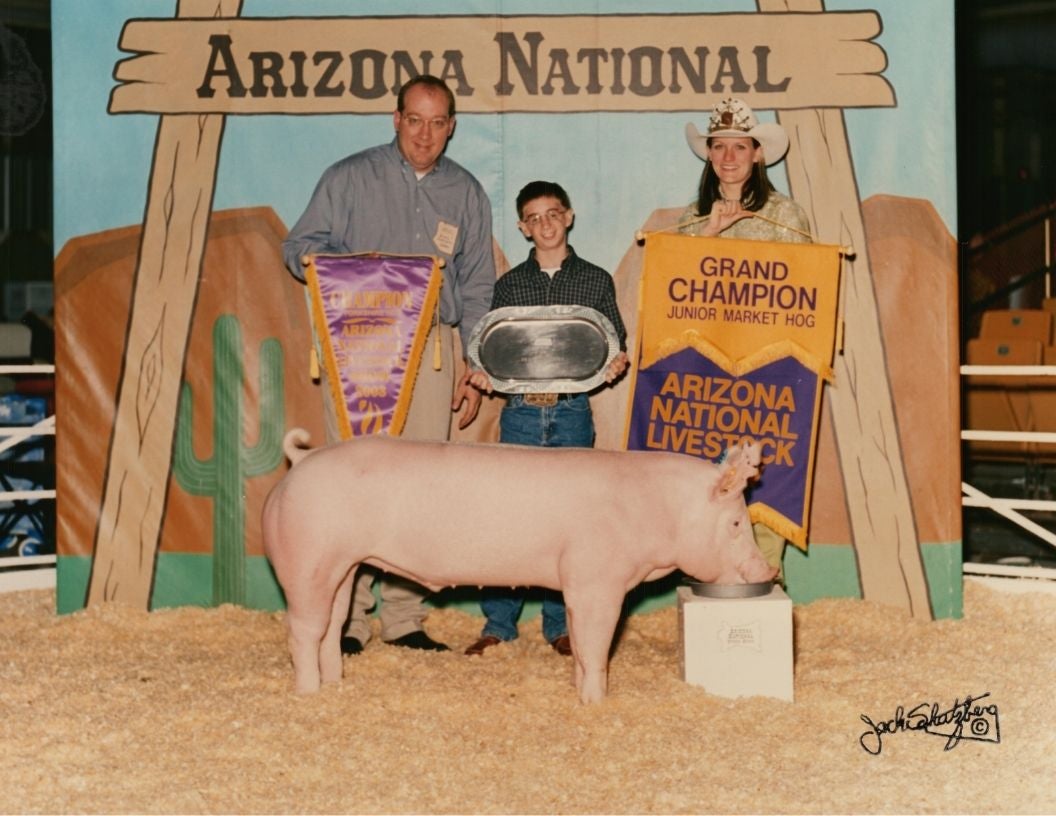
While many of the show pigs in the 2000s were more level in their design, with plenty of muscle shape, they remained somewhat frail in comparison to pigs to come in later years.
Modern-day show livestock took shape in the 2010s
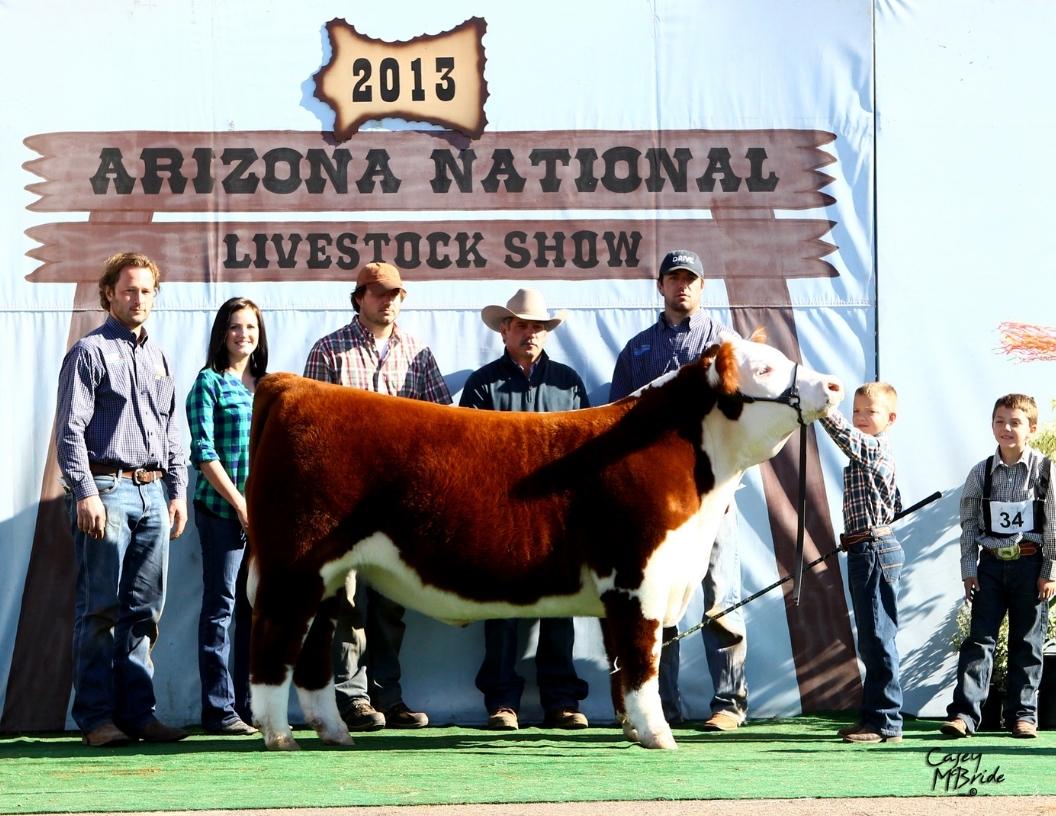
Stock show enthusiasts might sigh relief over the type of livestock that became more prevalent in the 2010s. All species saw increased depth and structural improvements in the past decade.
Changes in Hogs
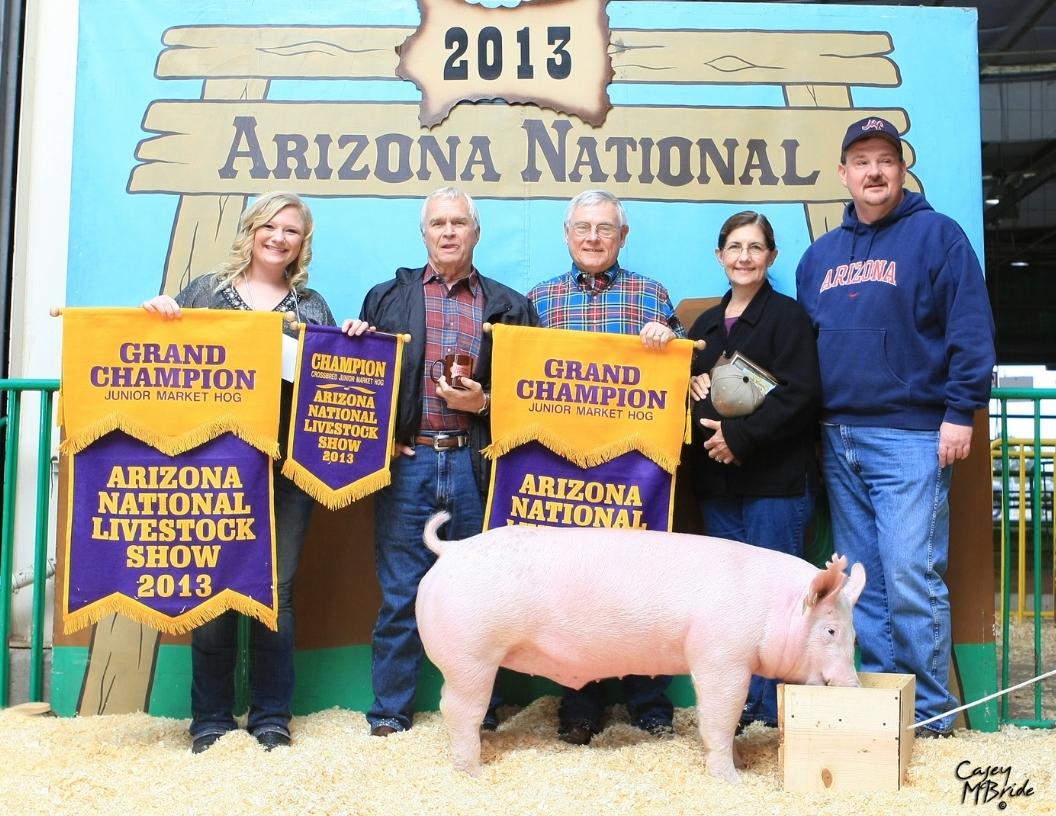
Hogs changed in leaps and bounds, with softer, more balanced looks as breeders focused on easy-feeding-looking pigs. However, as pigs transitioned, they went through phases in the 2010s of being more moderate, long-bodied, lower to the ground, and heavier conditioned.
Today’s Modern Livestock
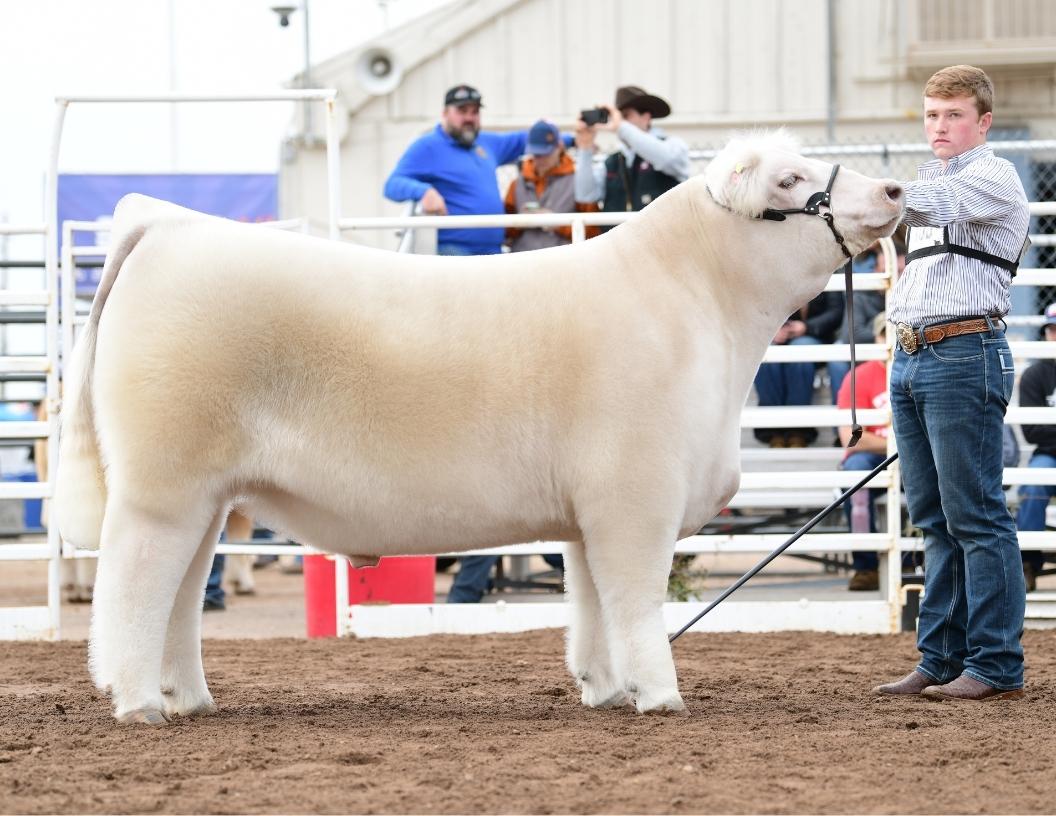
Today, major livestock shows represent breed cattle, crossbreds, swine, sheep, and goats. Major shows often bring in monumental sale premiums, scholarships, and spectators.
Livestock Show Training
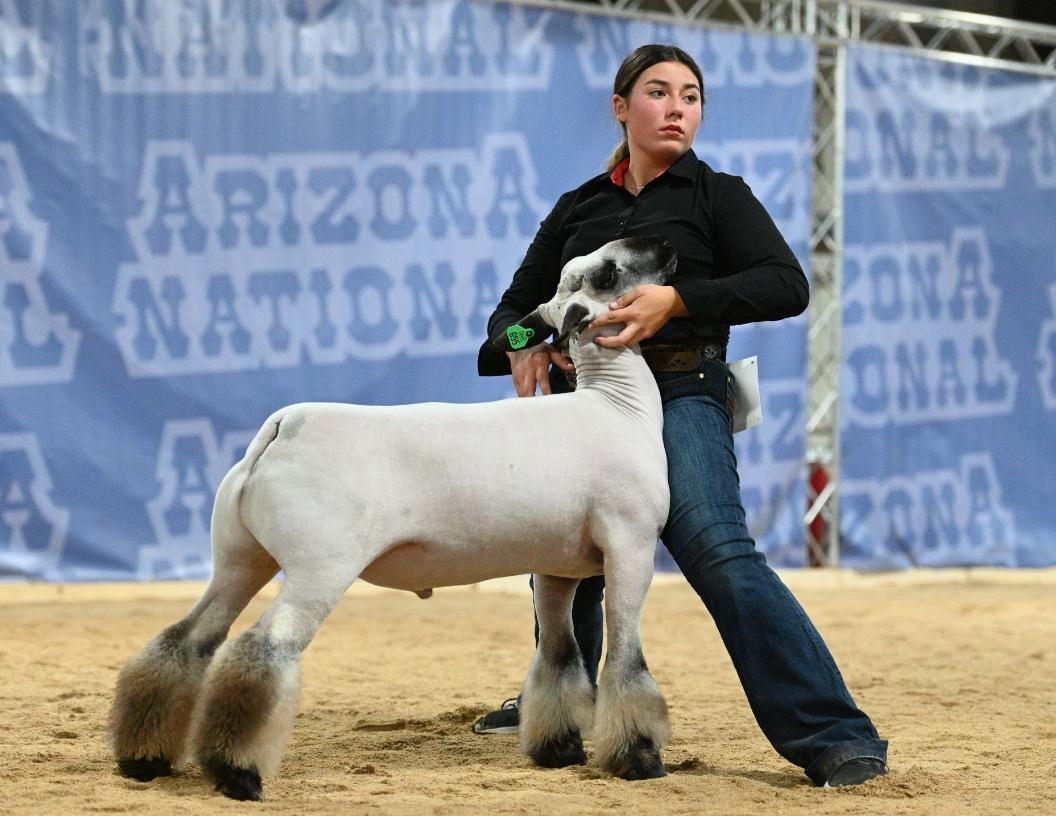
The livestock exhibited are well-trained, specifically bred, and exhibited by youth dedicated to showing their livestock at the highest levels.
Youth Exhibitors
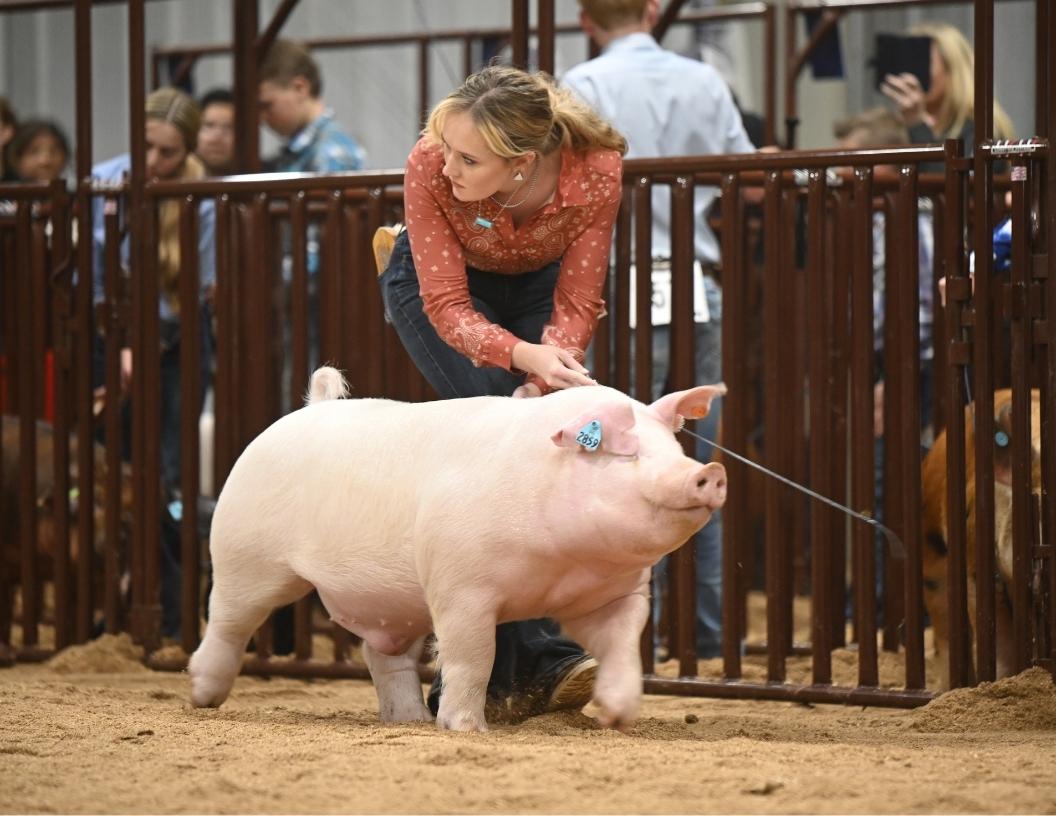
Thousands, and even hundreds of thousands (depending on the event) of livestock supporters and the public, attend the major shows each year to watch youth exhibit their livestock.


